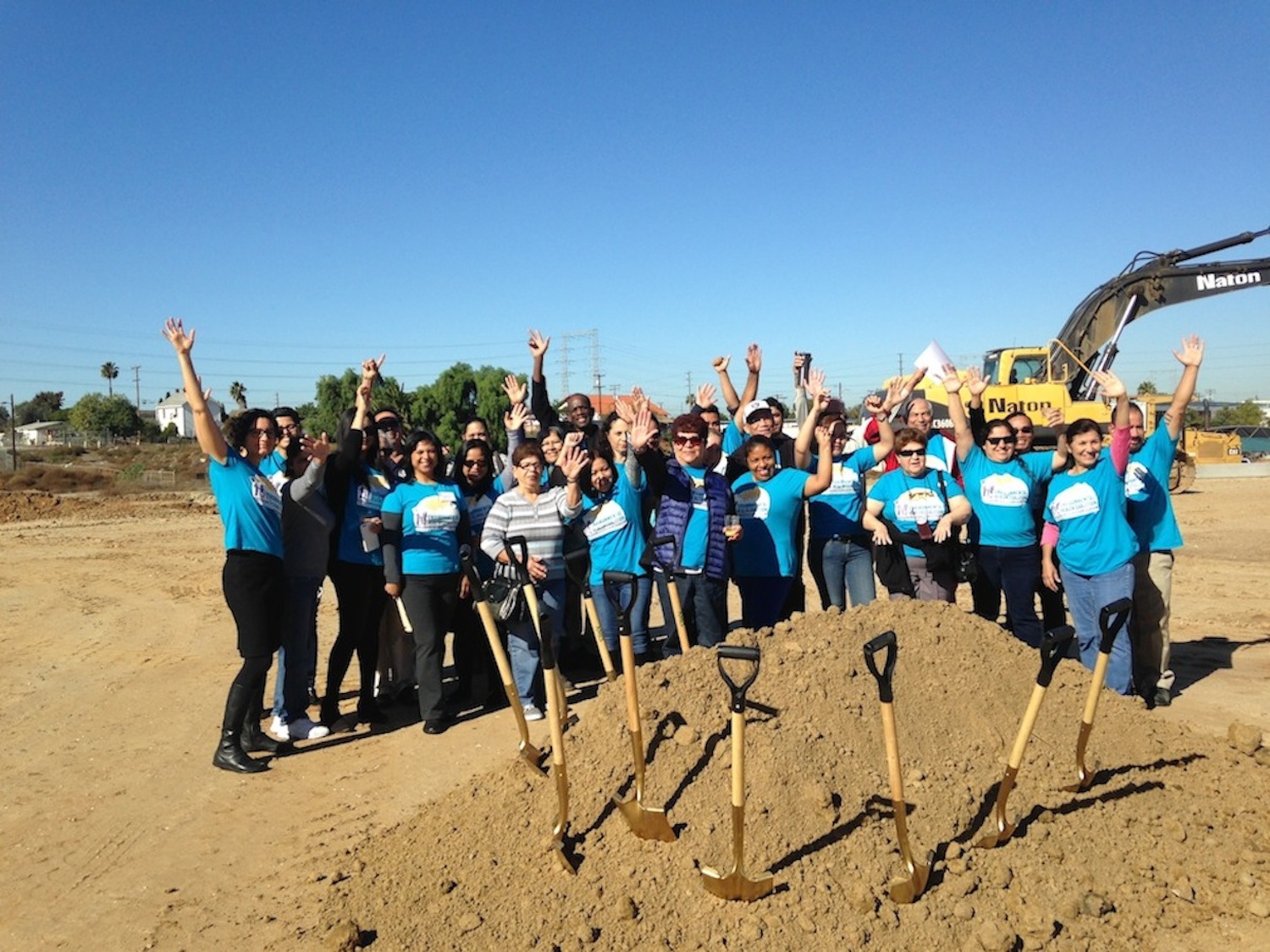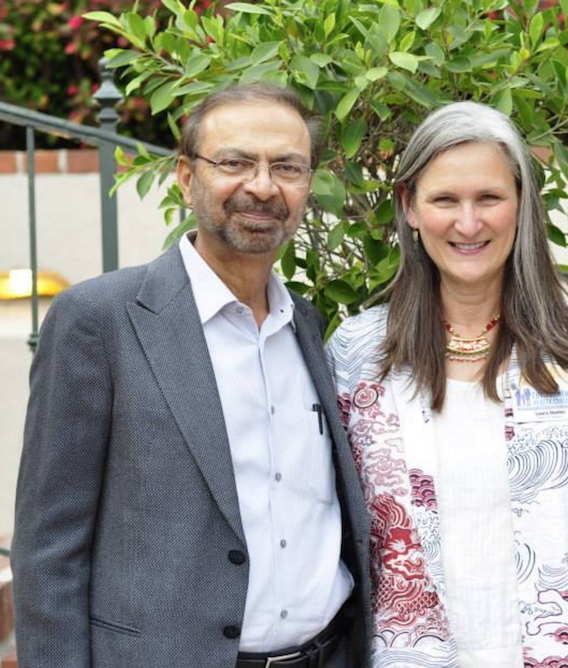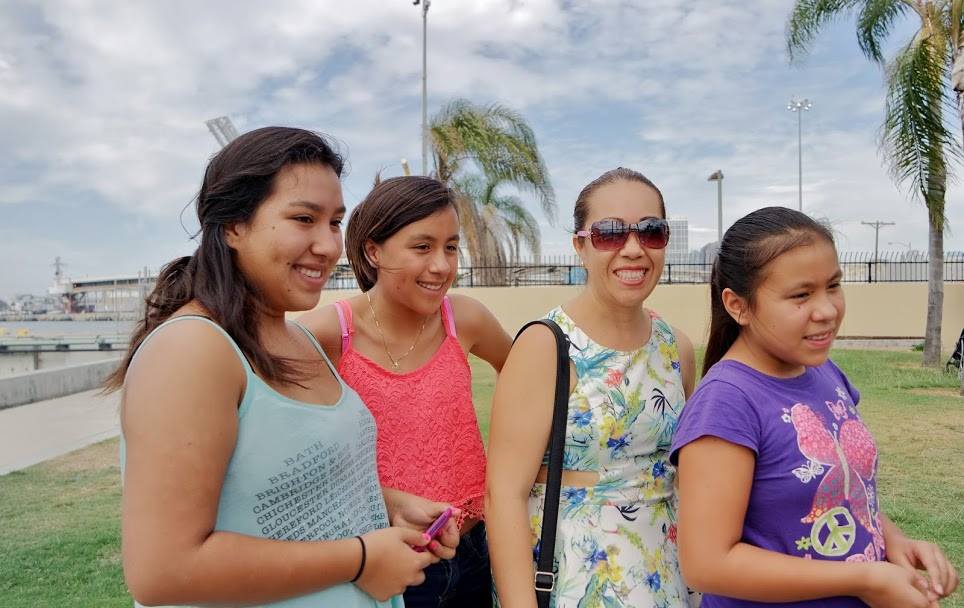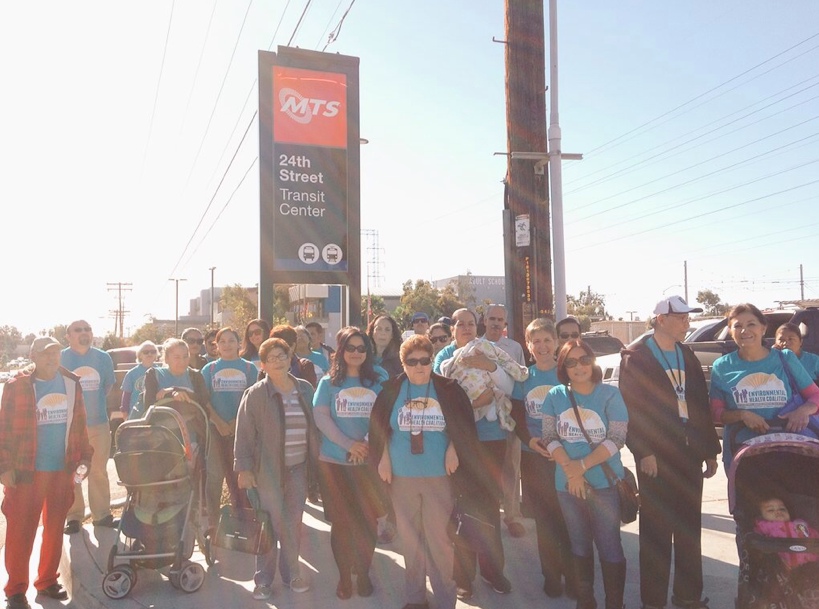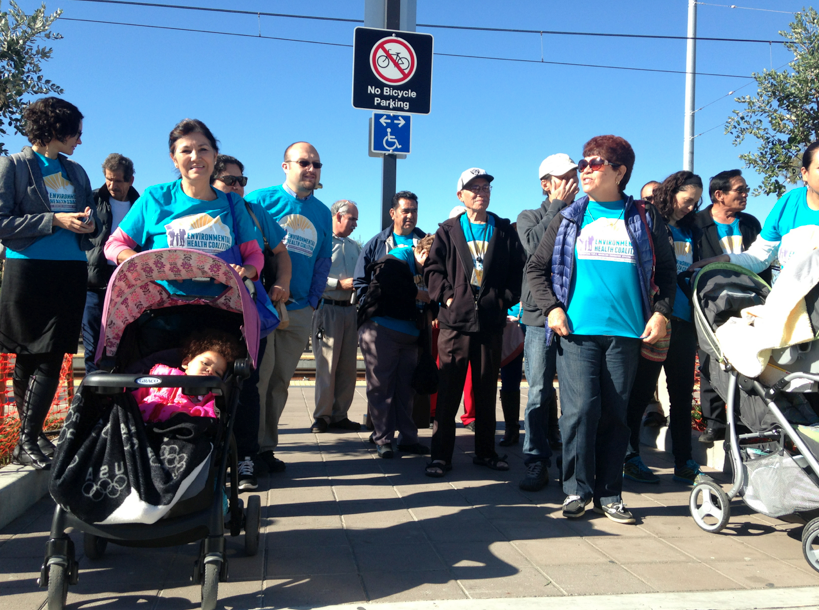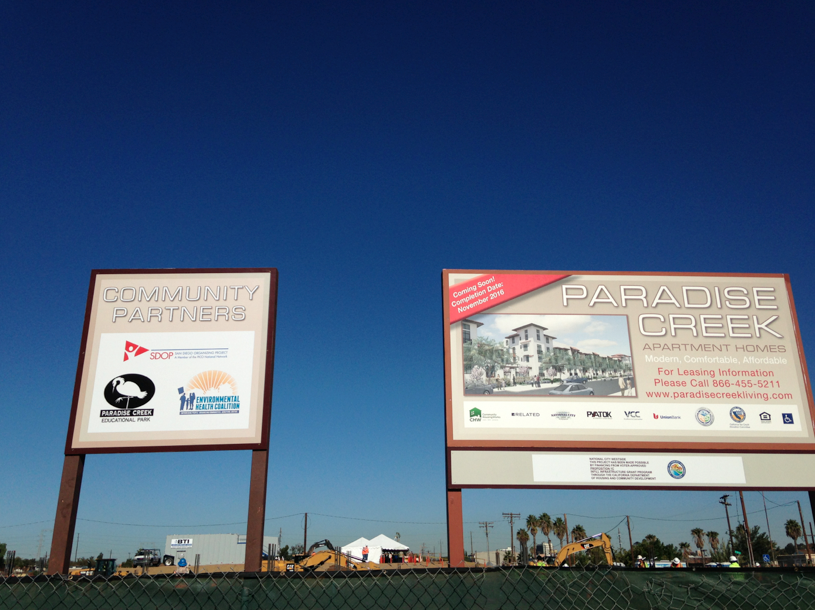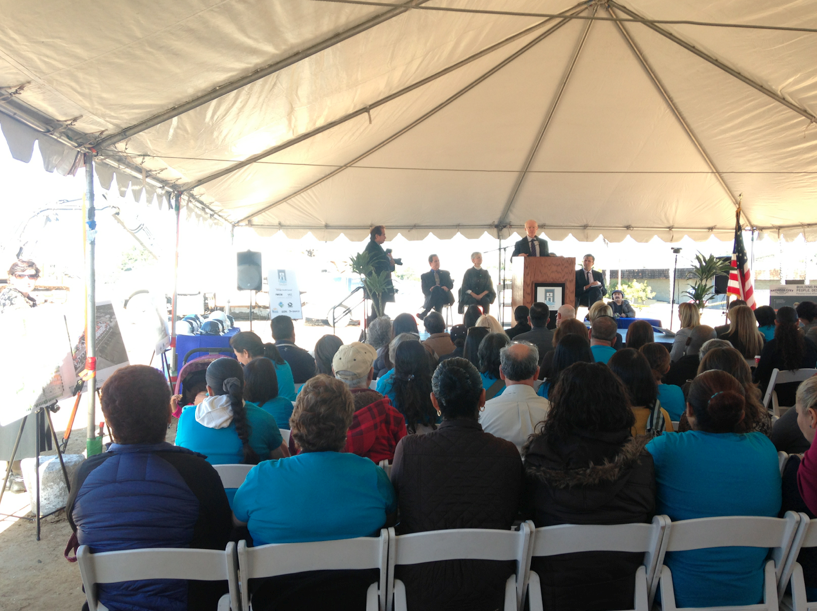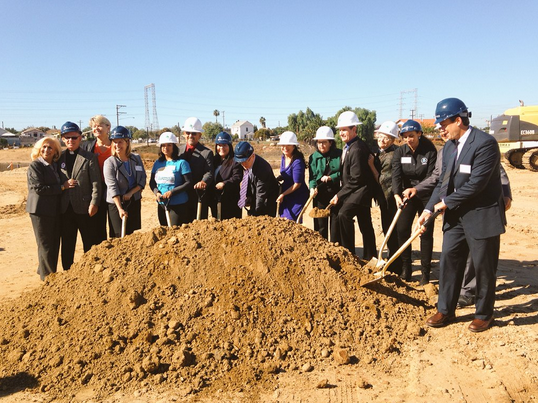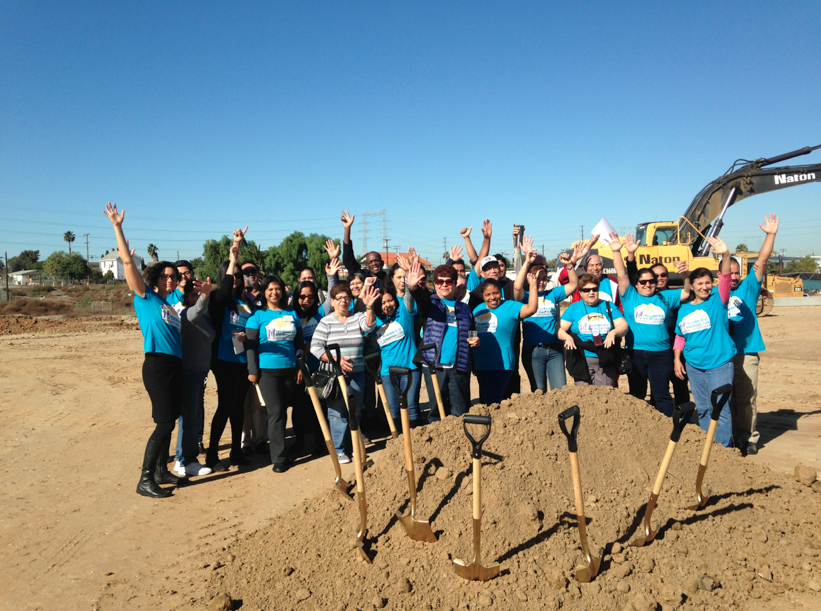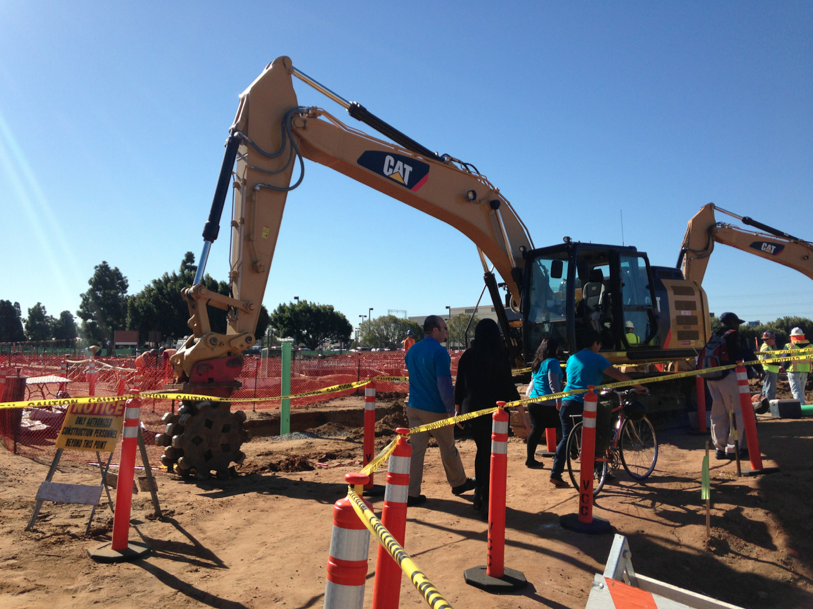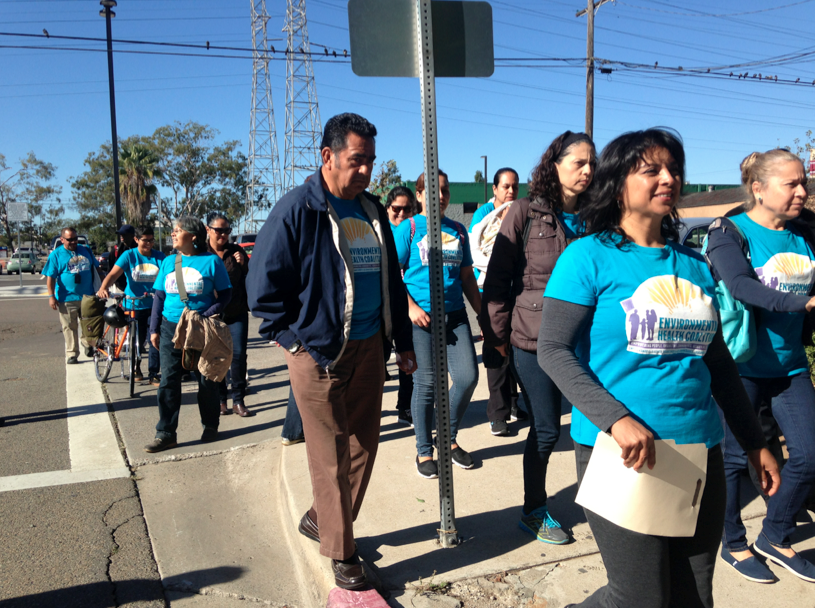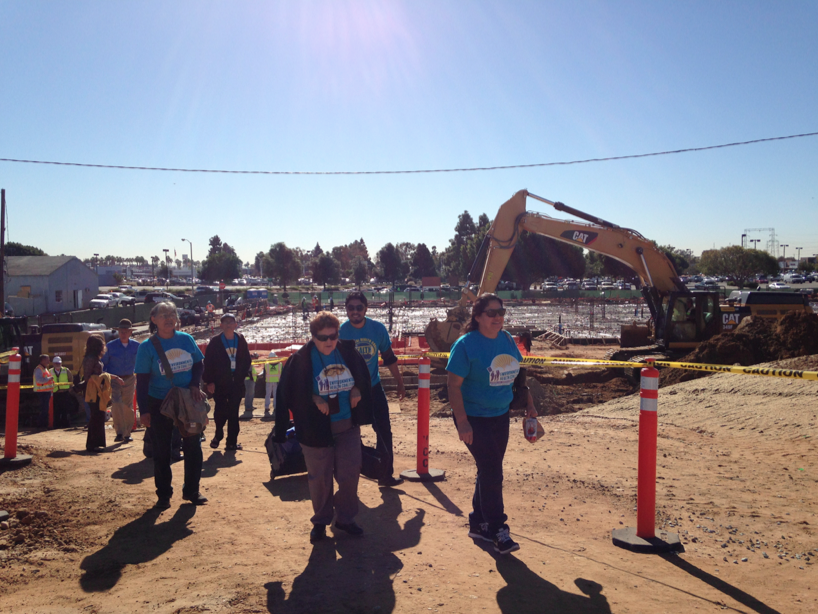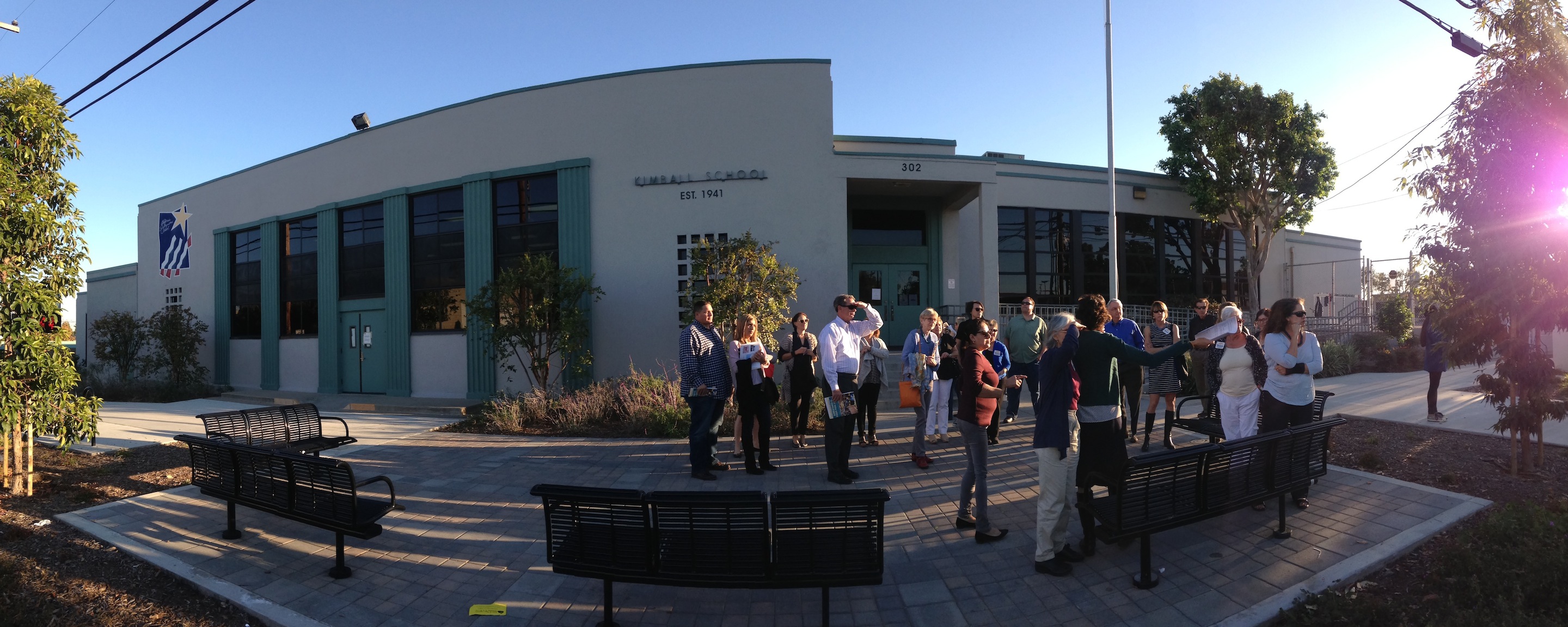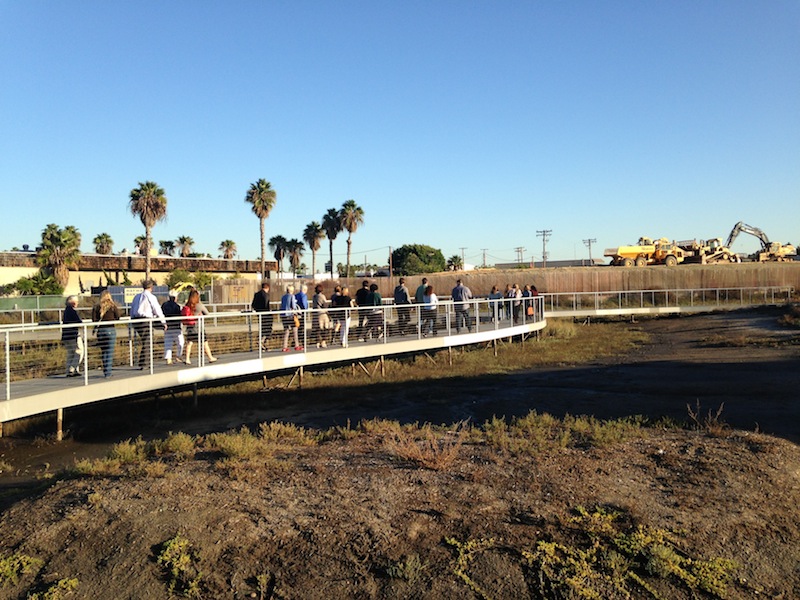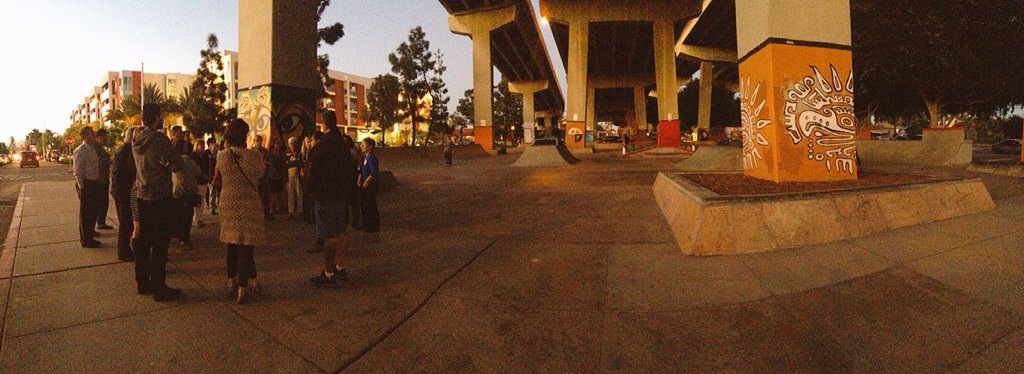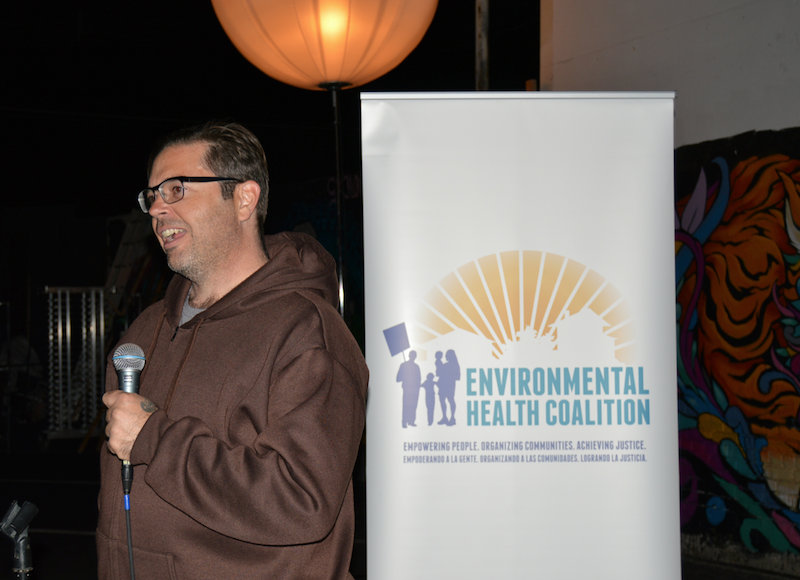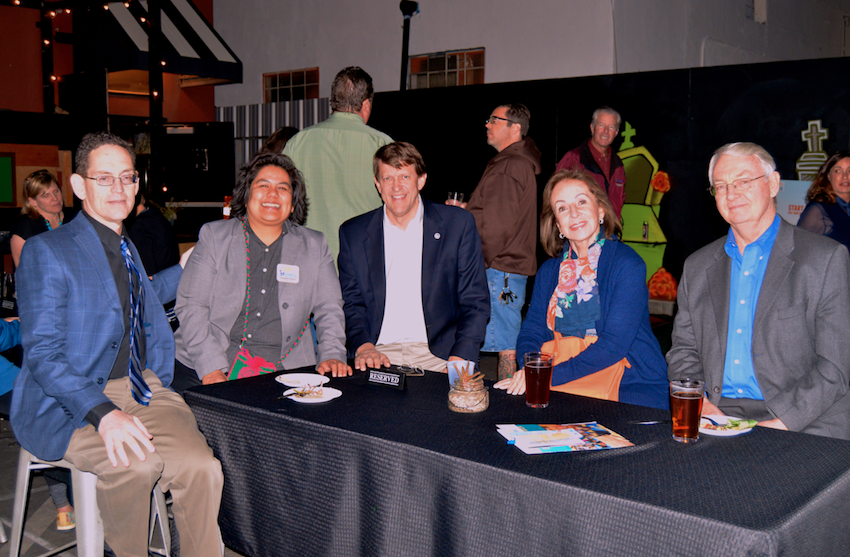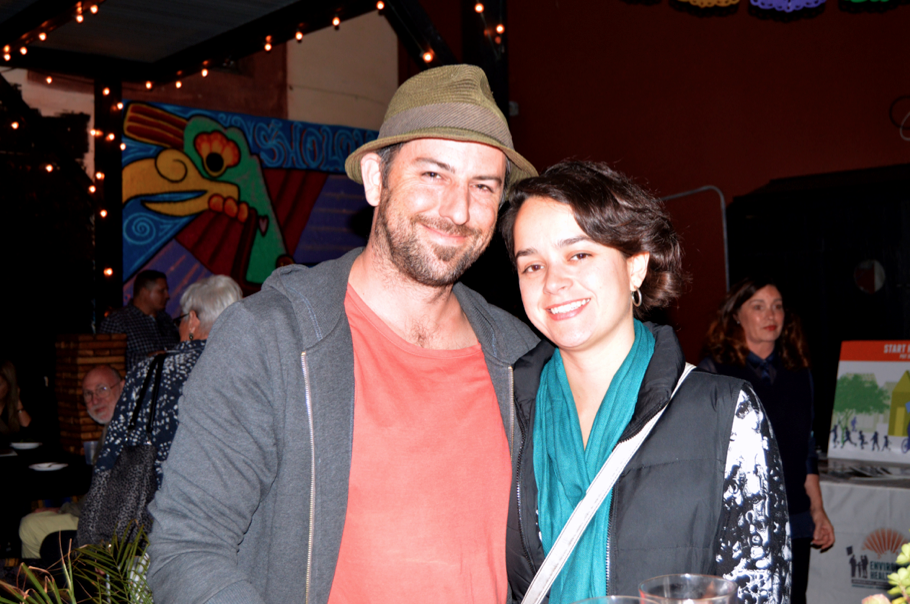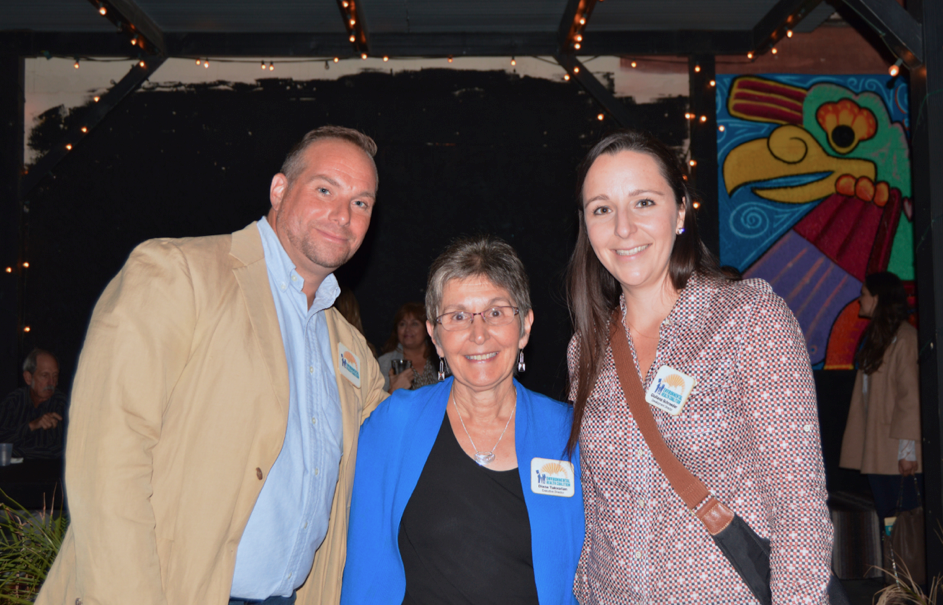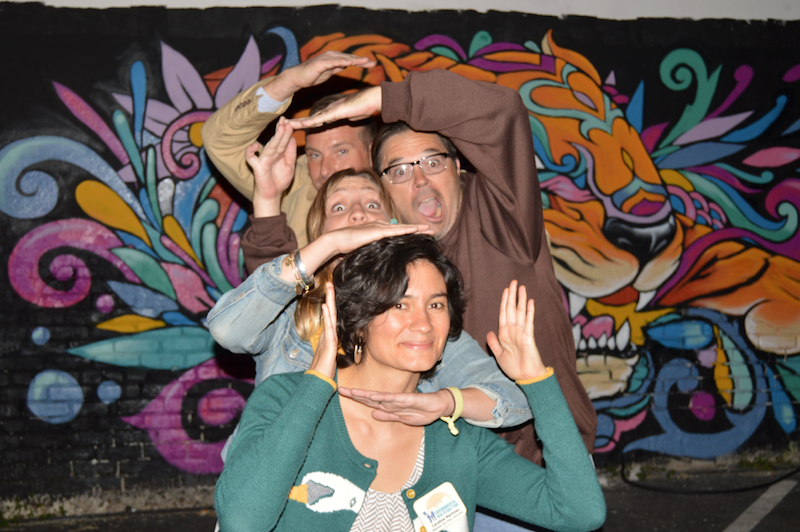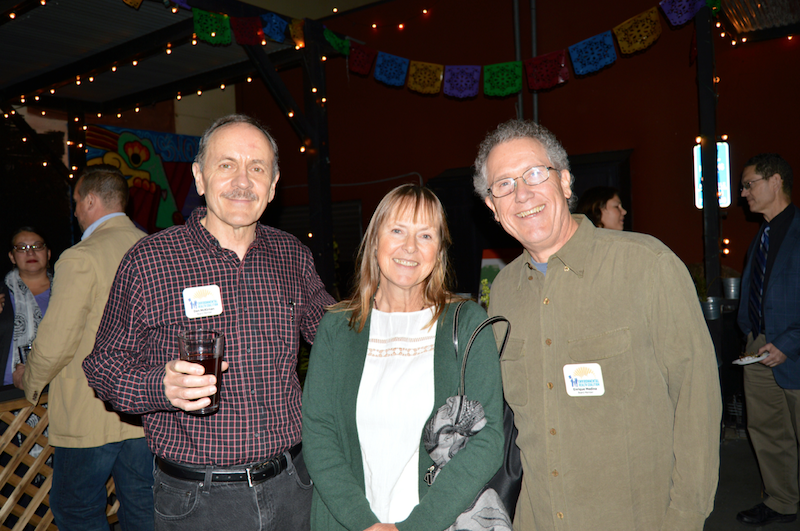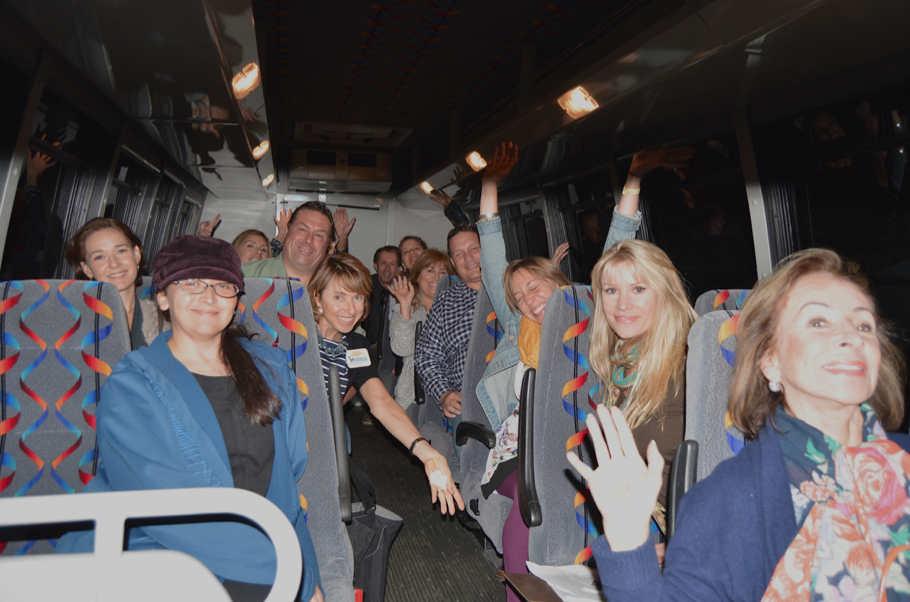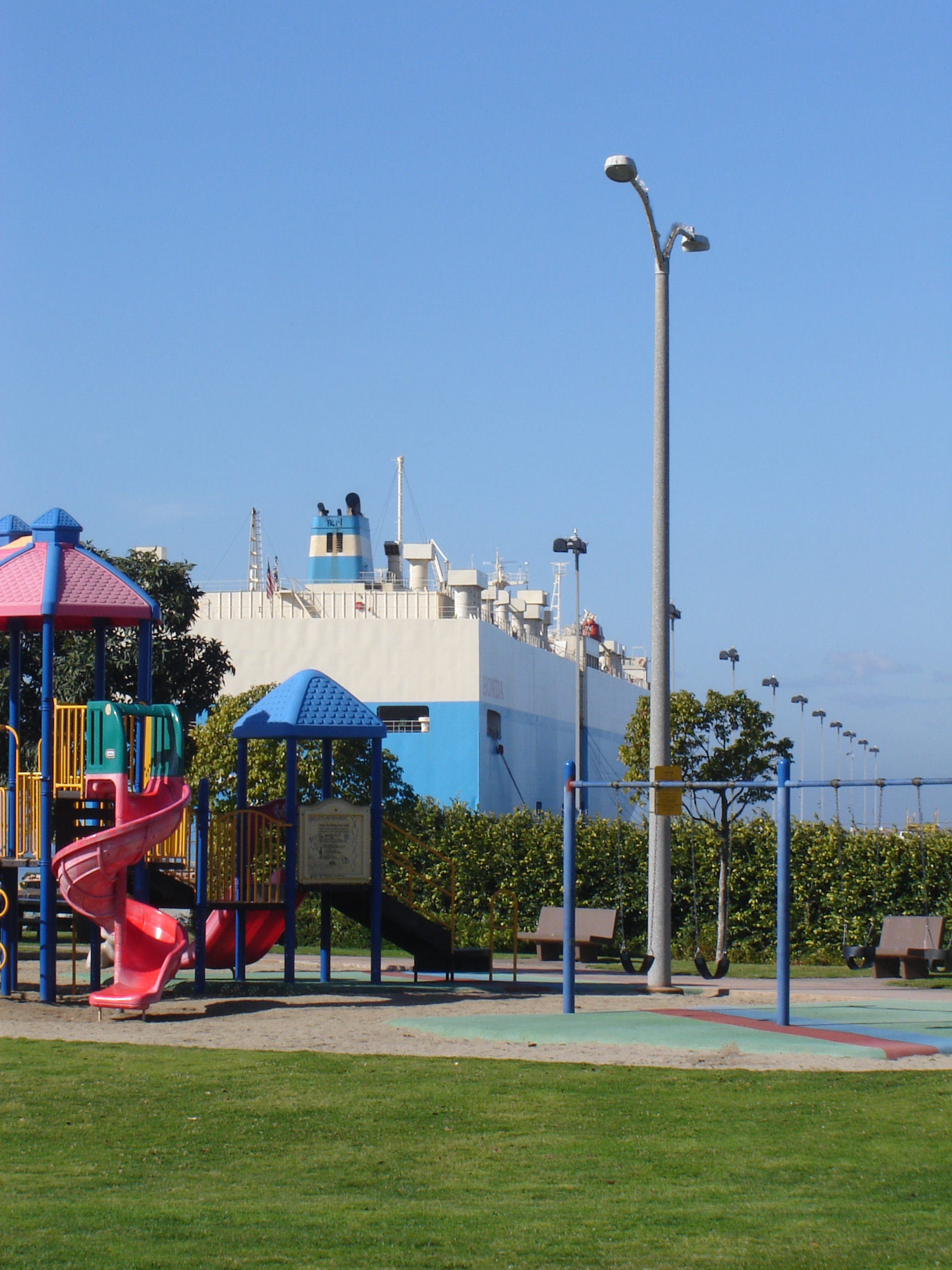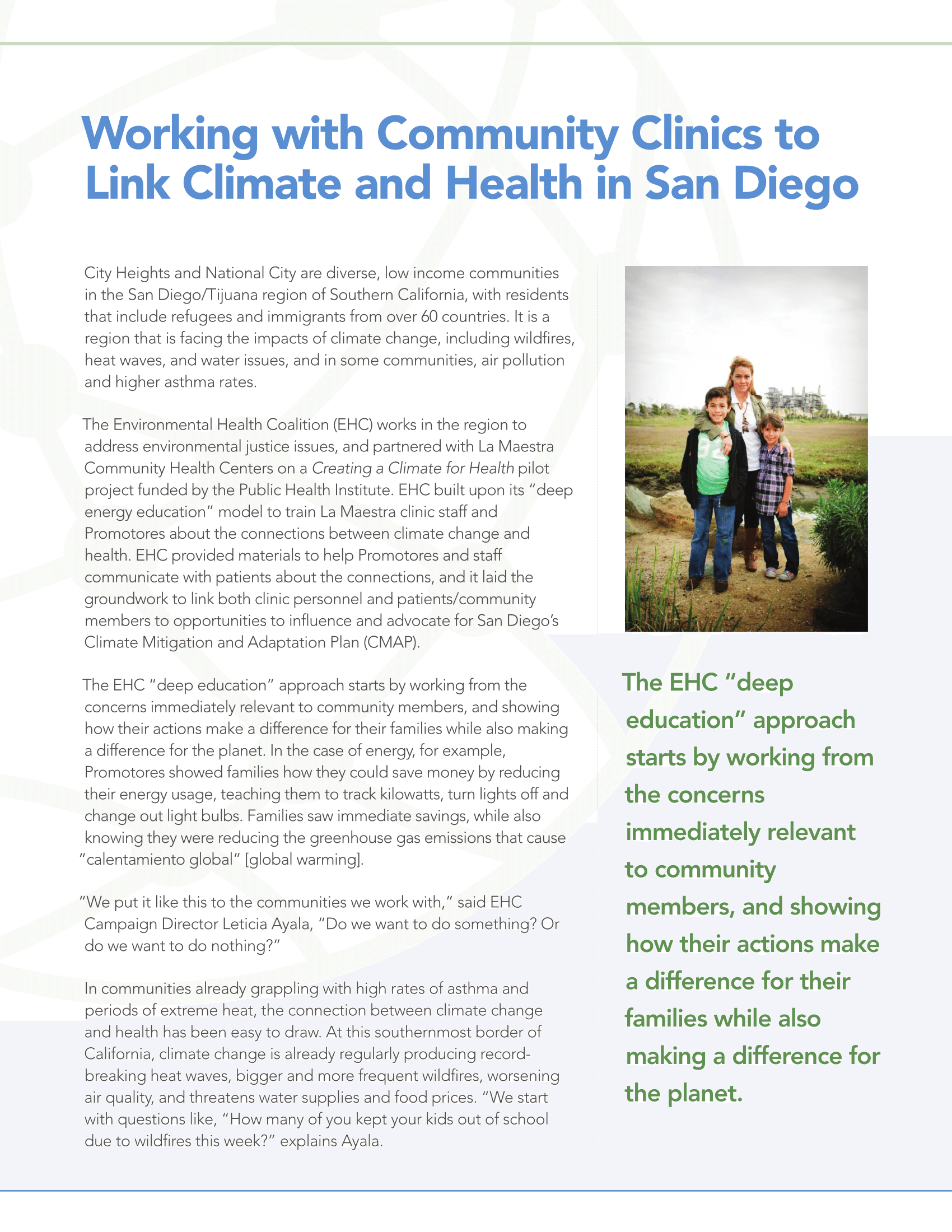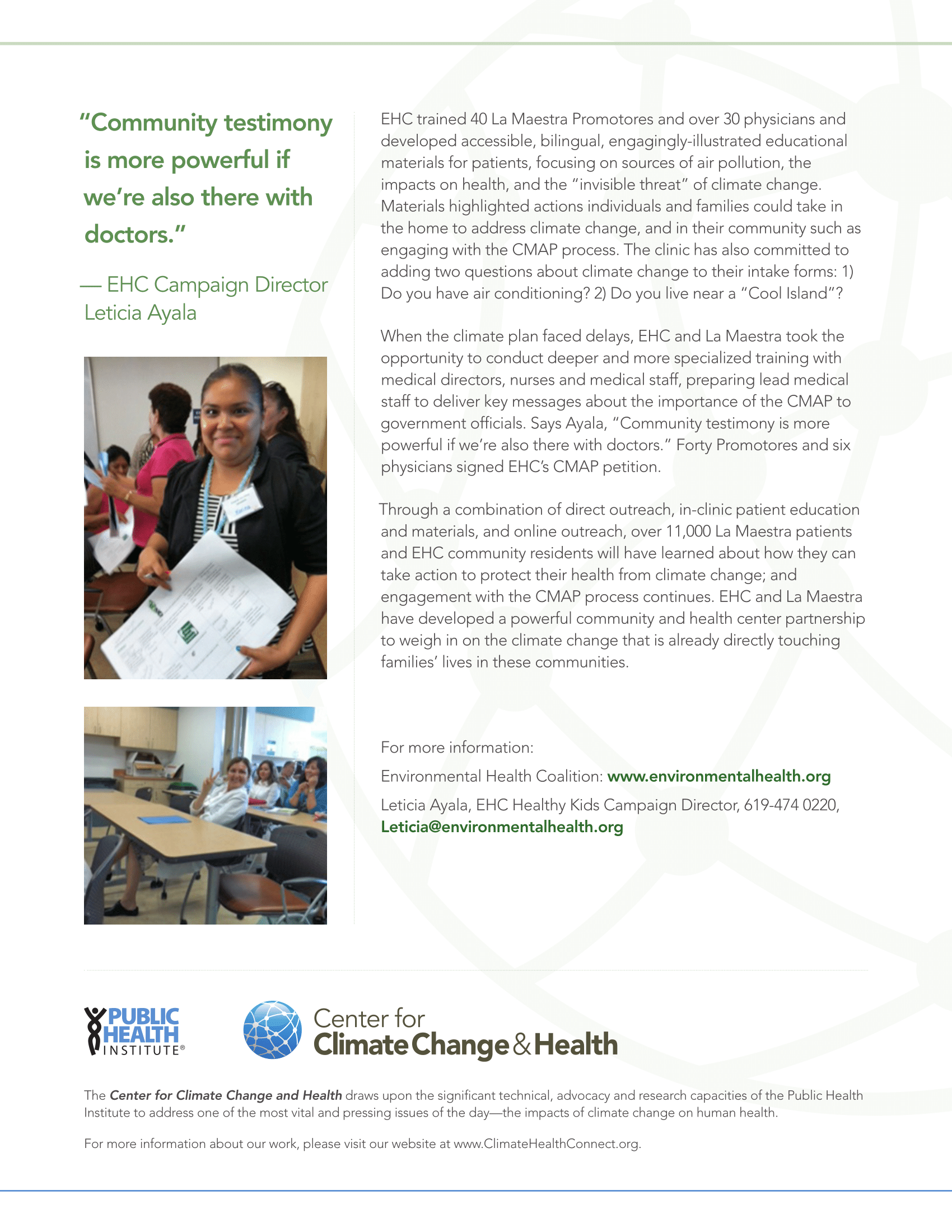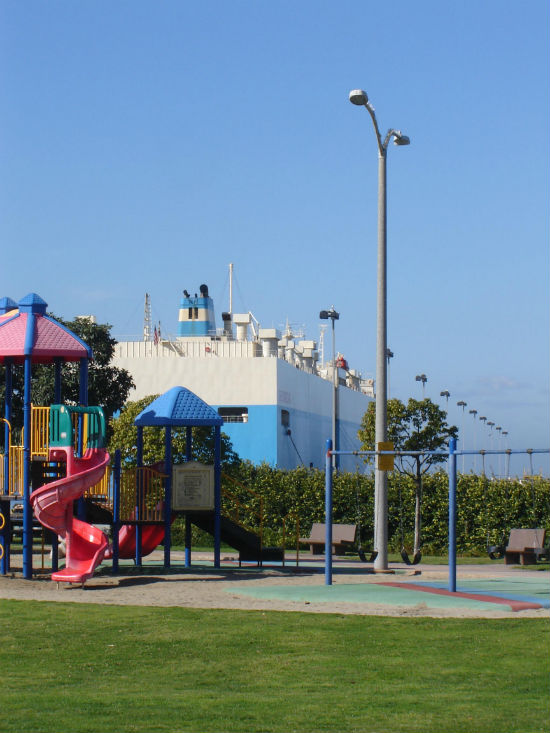Located in San Diego County’s second oldest city, Old Town National City remains a primarily low-income Latino neighborhood with evolving surroundings. Over the past 50 years, the community has changed from a mainly residential neighborhood to a mixture of auto-related businesses located around schools and homes. Auto-body shops in residential neighborhoods burden the health of the community by emitting toxic pollution into the air we breathe.
In 2005, our community decided to combat conflicting land use and bring health back to the community with a vision for a vibrant and toxic-free neighborhood. Our plans included affordable housing within walking distance of a transit center, construction that wouldn’t damage Paradise Creek and a healthy community park to replace polluted grounds.
After 11 years, the community’s vision has become a reality. Today, if you walk by the 24th blue line trolley station on 22nd street in National City, you will see 201 affordable Paradise Creek Apartment Homes under construction by Community Housing Works and Related California. Most recently, the project was awarded $9.2 million by the Affordable Housing and Sustainable Communities Grant through California’s Cap-and-Trade program, which you can learn more about here. The first phase of construction will be completed in 2016 and 109 families will move into homes in December 2016.
This project, spearheaded by the community voice, has received recognition across the country including a national award from the Environmental Protection Agency, Department of Transportation and the Department of Housing and Urban Development.
Most importantly, the Paradise Creek Apartments set a precedent for low-income communities nationwide. National City neighbors identified the community’s needs and remained involved every step of the way.
Now, it’s your turn. Learn to become a leader in your community and make your voice heard to build a better environment to live, work and play in, because everyone deserves a healthy neighborhood.
By: Carolina Martinez, policy advocate at Environmental Health Coalition


